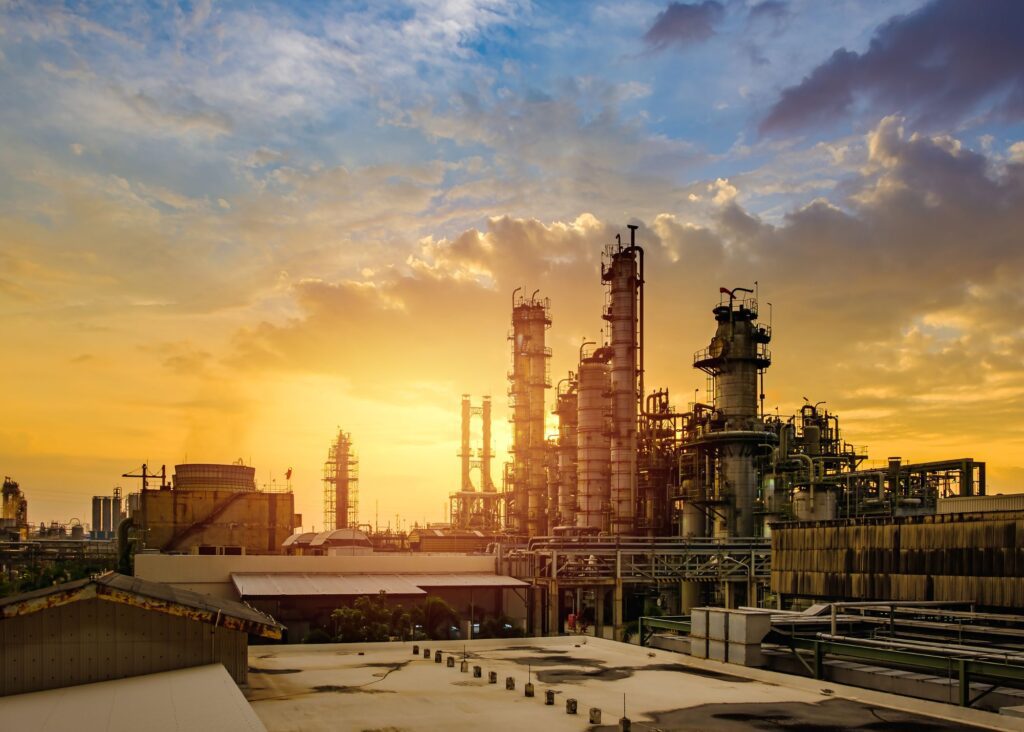Asset Health for Safety and Sustainability
Industrial facilities require proper asset health management for safe and efficient operation. Failing equipment can lead to costly downtime, environmental damage, and even serious injuries or loss of life. Organizations need to prioritize asset health management to safeguard both their equipment and the well-being of people and the planet.
Let’s explore the importance of asset health relative to employee safety and environmental sustainability, and how technology, such as data collection tools and predictive maintenance practices, can mitigate risks and promote sustainable operations.

Why Asset Health Matters
Avoiding Critical Failures for Continuous Production
Assets, such as pipelines, storage tanks, and industrial machinery, are essential components of many industrial processes. However, assets degrade over time and can fail unexpectedly, leading to unplanned downtime and costly repairs. These failures can also pose significant risks to human life and the environment.
For example, a failing pipeline can leak hazardous materials, polluting the air and water and endangering nearby communities. Similarly, an overheated machine can cause a fire, leading to property damage and potential injury to workers. Failing assets can also lead to lost productivity, lost revenue, and increased costs.
Managing Asset Health for Safety
Develop Proactive Maintenance Strategies for Environmental Sustainability and Employee Protection
To maintain asset health and prevent failures, organizations need to develop proactive maintenance strategies that identify and address potential issues before they become critical. This approach, known as predictive maintenance, involves using data analysis and machine learning algorithms to monitor equipment performance and predict potential failures.
By collecting data through visual inspection of equipment and monitoring devices, organizations can gain insights into the health of their assets, identifying trends and patterns that indicate potential issues. This data can then be analyzed using business intelligence systems to predict when maintenance will be required, allowing organizations to plan and execute maintenance tasks before failures occur.
Benefits of Predictive Maintenance
Proactive Sustainability through Asset Health Management
Predictive maintenance offers several benefits over traditional reactive maintenance approaches. By identifying potential issues before they become critical, organizations can avoid costly downtime, reduce repair costs, and extend asset lifetimes. Additionally, reducing the risk of equipment failure minimizes the risk of environmental damage and harm to human life.
Predictive maintenance can also help organizations optimize their maintenance schedules, ensuring that resources are allocated where they are needed most. By identifying the assets that require the most attention, organizations can prioritize maintenance tasks and allocate resources more efficiently, reducing costs and improving overall operational efficiency.
The Role of Technology

Digitally Aggregate Data to Optimize Maintenance Schedules
To implement a successful predictive maintenance program, organizations need clean, standardized data that can be easily analyzed and used to generate insights. Utilizing data collection software is critical to this process, not only to provide the raw data for analysis but also to improve accuracy lacked from traditional methods such as paper forms and reports.
However, collecting data is only the first step. To optimize maintenance schedules, organizations must disseminate this information quickly and seamlessly. Analog methods such as paper charts, mailing reports and bulky binders won’t cut it. A cloud-based data collection and management software provides numerous benefits, as data is updated immediately, ensuring that critical specs are up-to-date and available across all departments—including third-party inspectors. This technology can automate maintenance alerts, track progress, and update schedules in real-time.
Investing in Technology to Protect People and the Planet
Prioritize Safety Budget to Invest in Efficient Software
Organizations should prioritize asset health management to combat lost productivity, lost revenue, and increased costs, and ensure the protection of people and the planet. Predictive maintenance, supported by data collection tools and advanced analytics, can help organizations identify potential issues before they become critical, reducing the risk of downtime, environmental damage, and harm to human life.
Investing in technology and data management tools optimizes maintenance schedules, allocates resources more efficiently, and improves overall asset health and safety. Advances in technology have enabled more effective asset health management practices, with real-time data collection tools and predictive maintenance practices providing significant benefits. By prioritizing asset health, organizations can ensure that their operations are sustainable, safe, and efficient.

